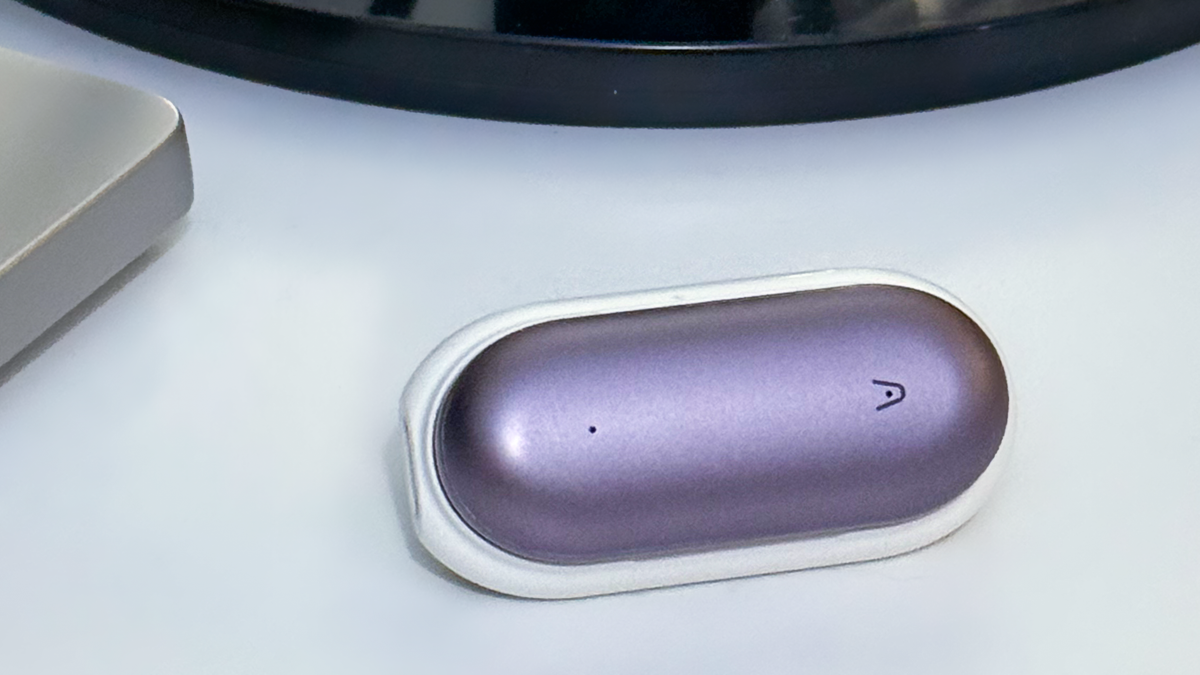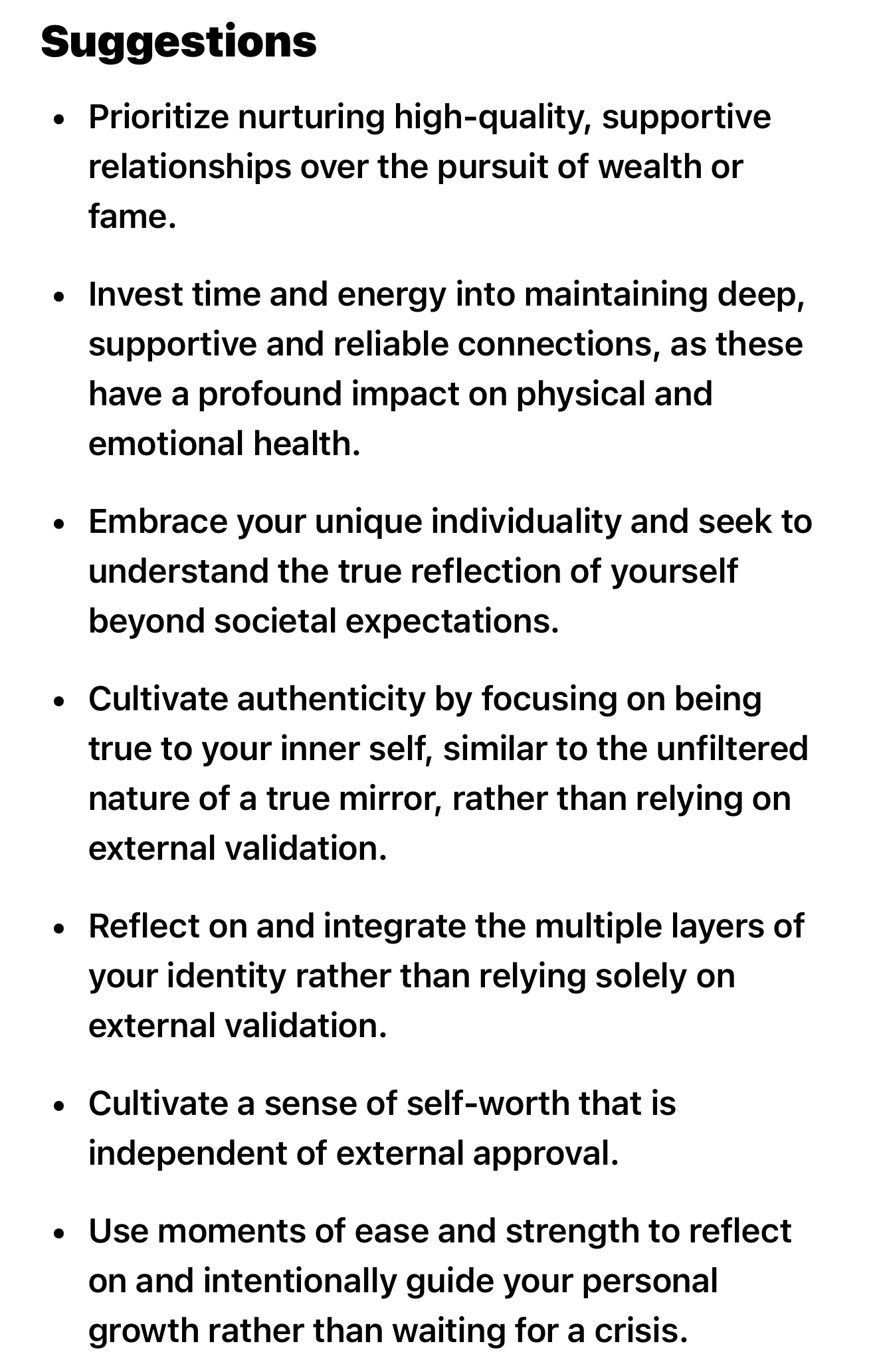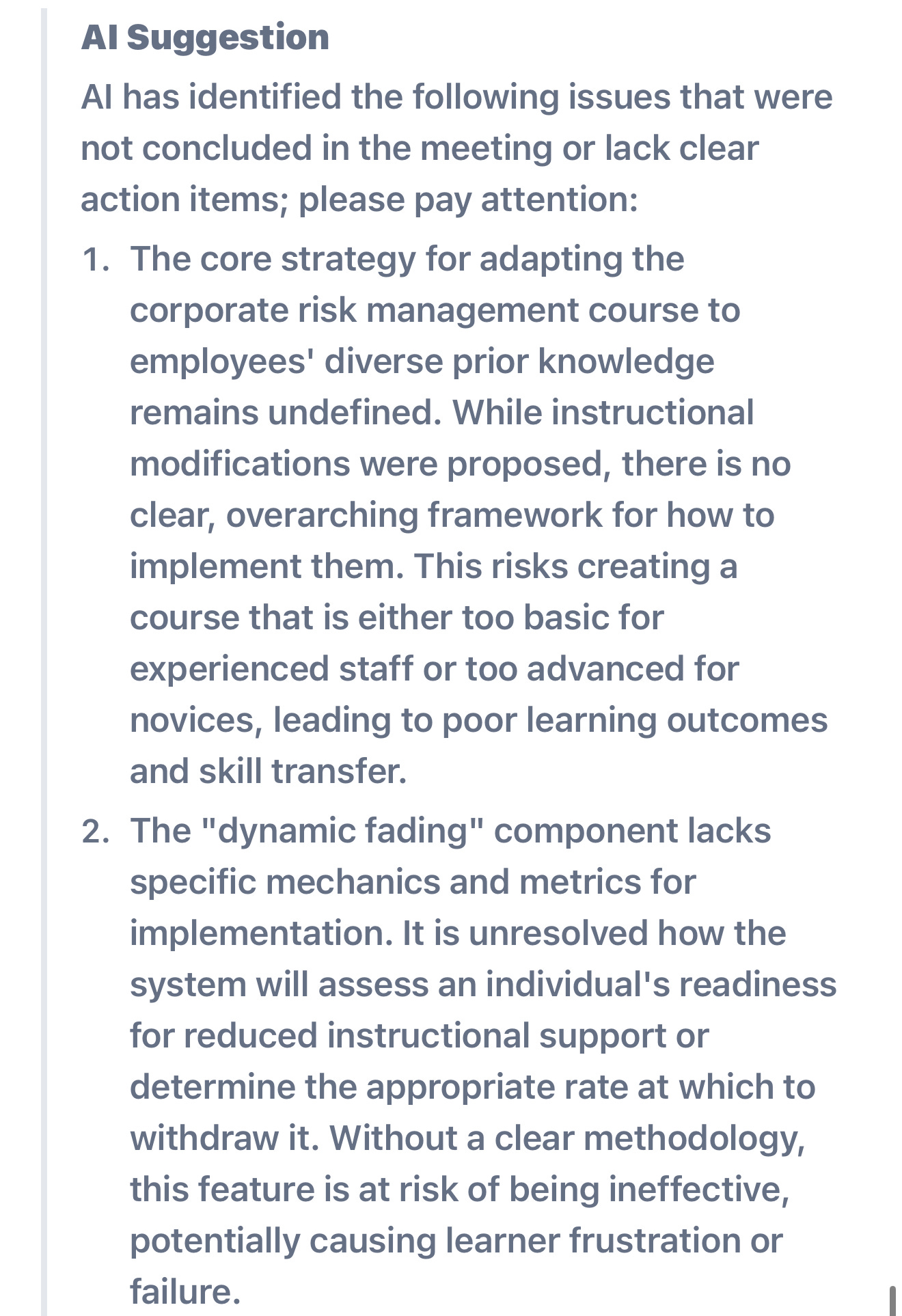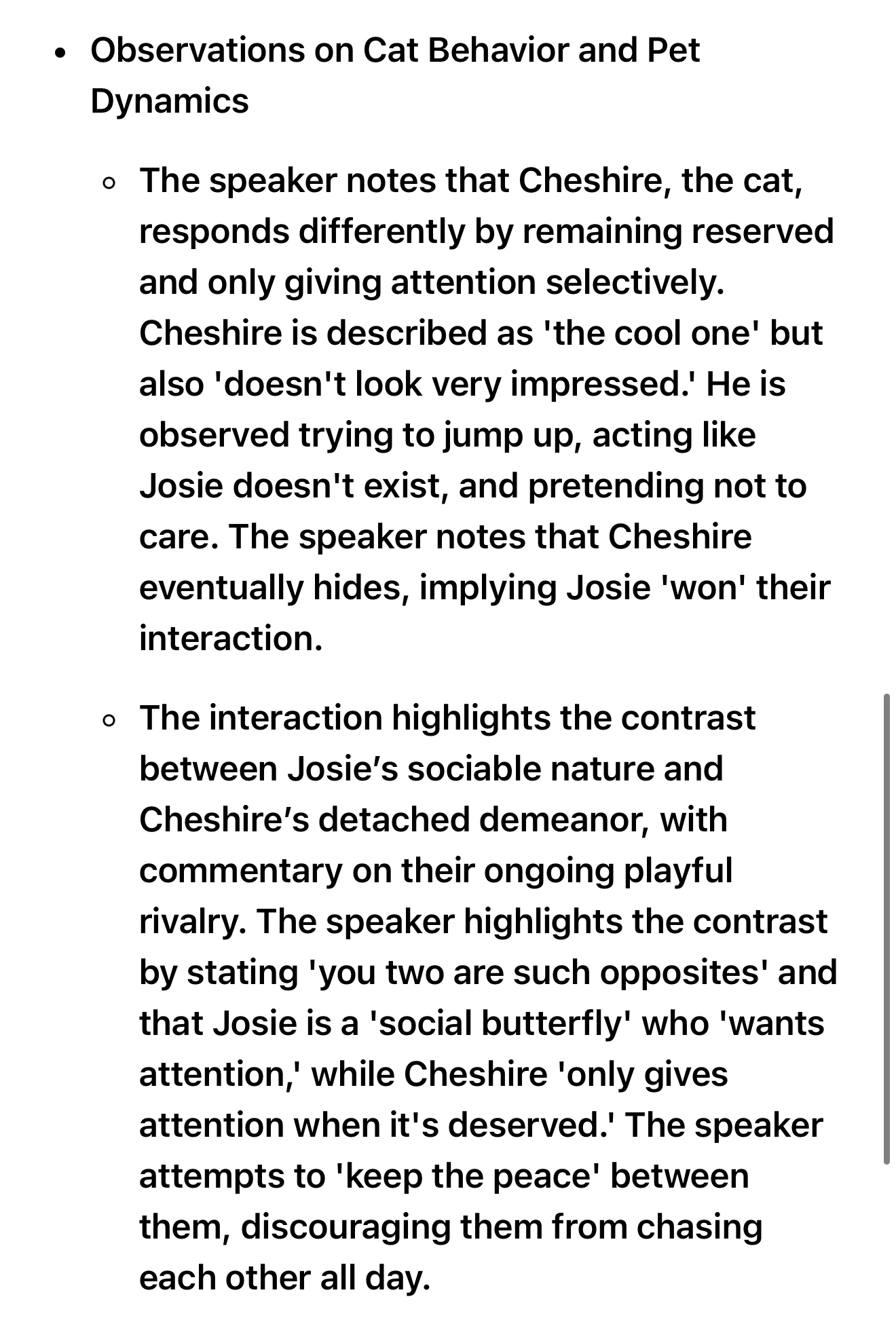From TED Talks to Pet Talks

When I first clipped on the Plaud AI Pin, I wasn’t even sure what to expect. I’m intrigued by AI and all the promises that come with it. But I’m also skeptical. Could this little gadget do all it claims? I wanted to know how well it handled nuance. Whether it could keep pace with complex ideas. And if it would bring me real value in everyday use. So I set up three very different tests: two overlapping TED Talks, my own presentation on course design, and a casual morning chat with my pets.
When Two Talks Become One
For this first experiment, I didn’t exactly give Plaud an easy assignment. I recorded two different TED Talks back to back. Both talked about well being, identity, and authenticity, but they came from distinct speakers with very different styles.
Here is where it got interesting: Plaud did not separate them. Instead, it stitched the two talks into one tidy summary. It drew lessons from both… the Harvard Study of Adult Development and its insights into relationships and happiness. And the second talk which focused on authenticity, approval addiction, and that quirky “true mirror” that is supposed to show you how others really see you. The final output felt like a single, coherent lecture. Which was kinda cool, if slightly inaccurate. Generally good advice though…

This might be both a strength and a limitation when it comes to devices like this. It was impressive how Plaud blended research heavy findings with a more reflective, personal tone. And combined all that into a polished set of takeaways. If I were note taking myself, I would have wound up with pages of half finished sentences and lots of doodles. Plaud created something you could skim quickly. And that would be much more useful.
On the other hand, nuance got flattened a bit. The distinct voices of the speakers were lost (though I could have manually added them in the app), and quotes were grouped together without clear attribution. If I needed to cite these talks individually, I would have to go back and untangle them.
But that is part of the test, isn’t it? AI notetakers like Plaud are not precise (yet?) when it comes to context. They are fast translators of complex material, condensed into digestible form. For lectures, meetings, or self study, that trade off is sometimes worth it.
Here are the direct links to the two TED Talks I used:
Robert Waldinger – What Makes a Good Life
Caroline McHugh – The Art of Being Yourself
My Own Presentation
I couldn’t resist testing Plaud in the most meta way possible. I clipped it on during my own presentation about course design and prior learning. So while I was explaining scaffolding content for people at different knowledge levels, Plaud was doing that exact same thing in real time… just stripping my talk to the essentials and making it easier to understand.
The presentation I gave isn’t something that would have a broad appeal. It focused on things like cognitive load theory, expertise reversal, and adult learning transfer… definitely in eye glazer territory if you aren’t in education research. But Plaud captured the structure, highlighted the goals, and even flagged risks without turning it into a jumble of jargon.
It distilled my point about scaffolded reflection into this clear note: “learners build confidence by moving from guided prompts to independent reflection.” That would probably be helpful if someone revisited the material later.
Where it stumbled was on the “dynamic fading” approach. My talk had a week-by-week progression, starting with worked examples and gradually withdrawing support until learners tackled case studies solo. Plaud noted it was important but lost the step-by-step nuance. That kind of detail matters in teaching design.
An unexpected twist: Plaud offered “AI Suggestions,” pointing out that my adaptation strategy for learners with different prior knowledge levels seemed vague and my plan for tapering support lacked clear metrics. (Ouch.) That feedback pushed me to think about my design’s clarity, but I feel it also slightly missed the point that effective teaching often depends more on judgment and flexibility than rigid checklists. (Or maybe I’m just salty that it didn’t give me more positive feedback.)

That mix of strength and shortcoming was telling, though. Plaud is more than a notetaker, it’s almost like an interpreter. It can spark deep reflection, but it definitely reminds you why human nuance still matters.
Pets as Project Plans
To go truly off script, I tested Plaud during a random chat with my pets. Josie, my Pomeranian, was bouncing around like usual, while Cheshire, my cat, was his typical disinterested self. I hit record just to see what would come back.
The transcript returned like a polished meeting report… complete with an overview, key topics, and even an “Open Issues and Risks” section. No issues were flagged, which might be the most optimistic project update I have ever seen. Josie’s antics ended up under Dog Engagement and Behavior, while Cheshire’s aloofness was described as Cat Behavior and Pet Dynamics. My pets became formal agenda items. Is recording your pets a justifiable reason to use an AI pin? No, probably not. But it was fun.

I found the summary I was given hilarious. But also revealing. Tools like Plaud can potentially serve a wide variety of settings. They do a pretty good job of capturing the rhythm of a conversation, even one where the only “action item” is keeping the dog from chasing the cat. It reframed an everyday moment into something more structured. Isn’t that what we are all trying to do… add a little order to the chaos?
The Good, The Flat, and The Funny
What most impressed me about the Plaud AI Pin was not perfection, it was consistency. Across very different tests, it delivered structured summaries that made revisiting material easier. It sometimes flattened nuance and it sometimes gave suggestions that missed the mark. But it always gave me something interesting.
For professionals, students, or anyone juggling complex conversations, that reliability is valuable. But context and judgment? Those still belong to you.
Note: This article is not sponsored. All opinions and experiences are entirely my own.




